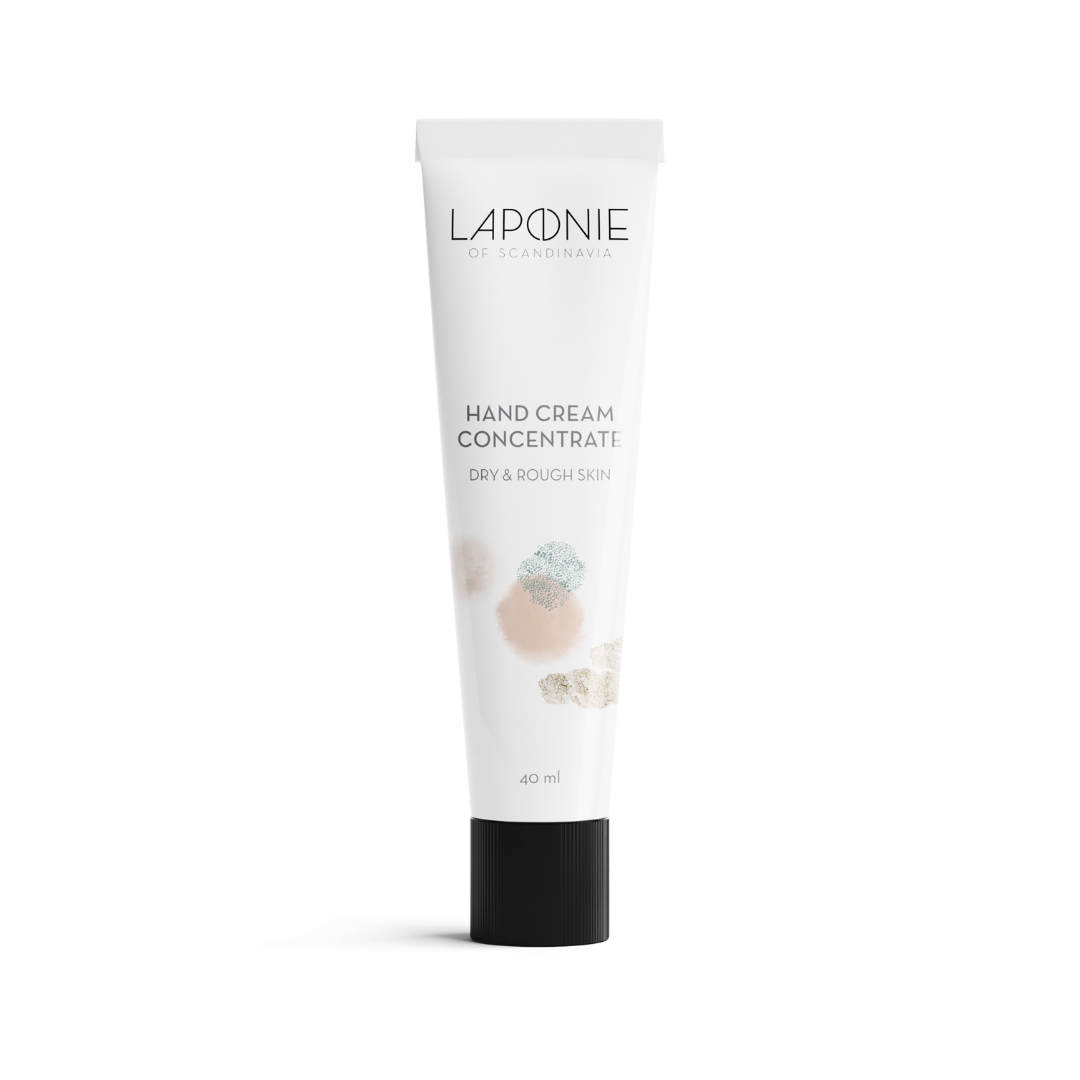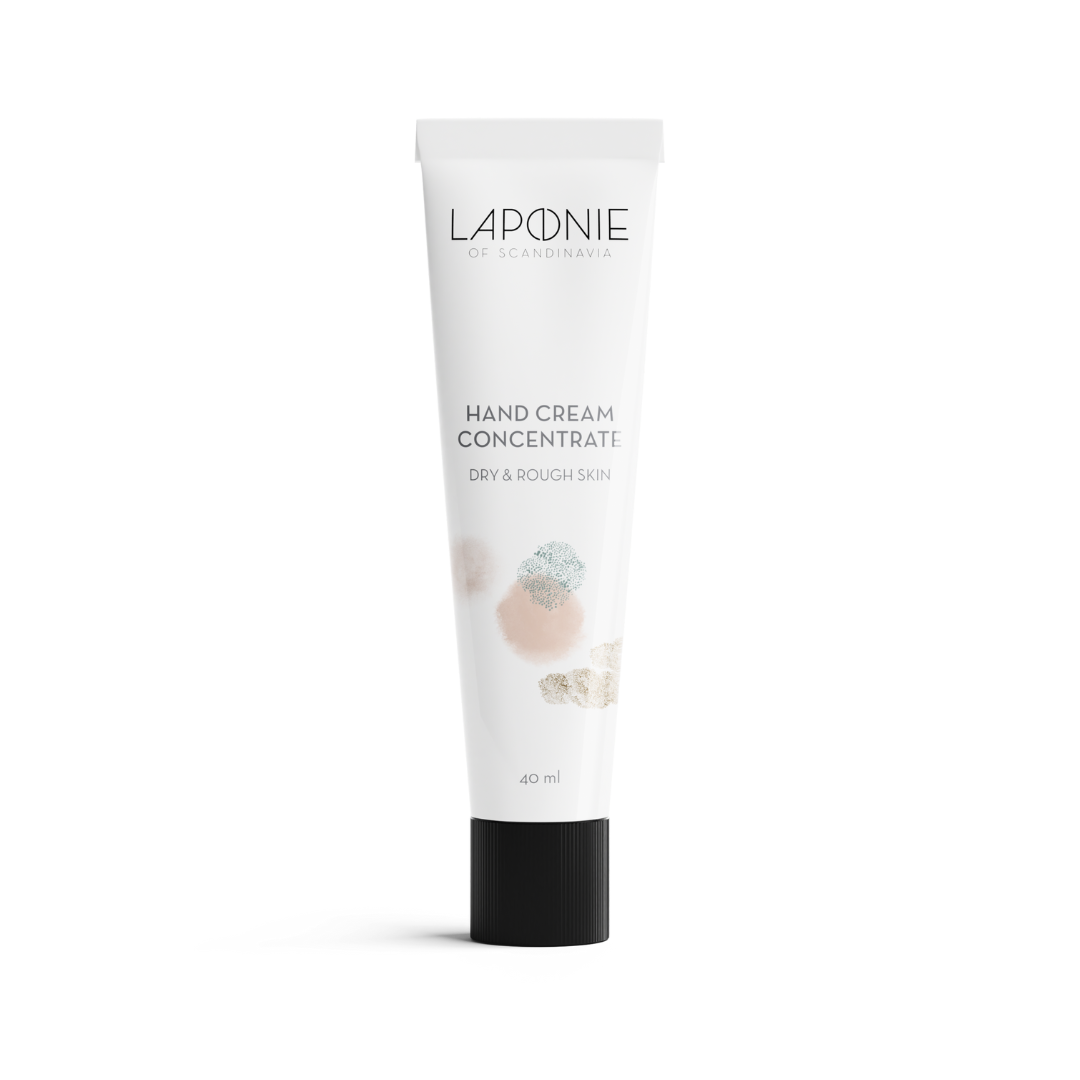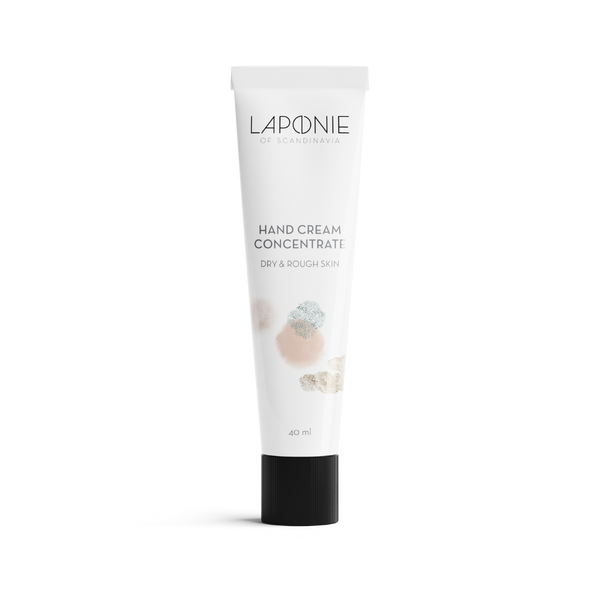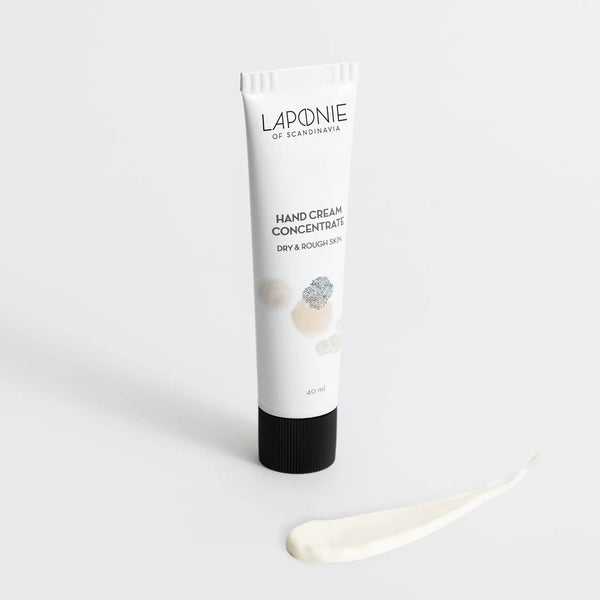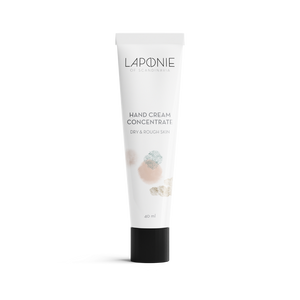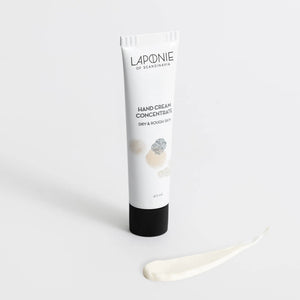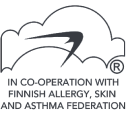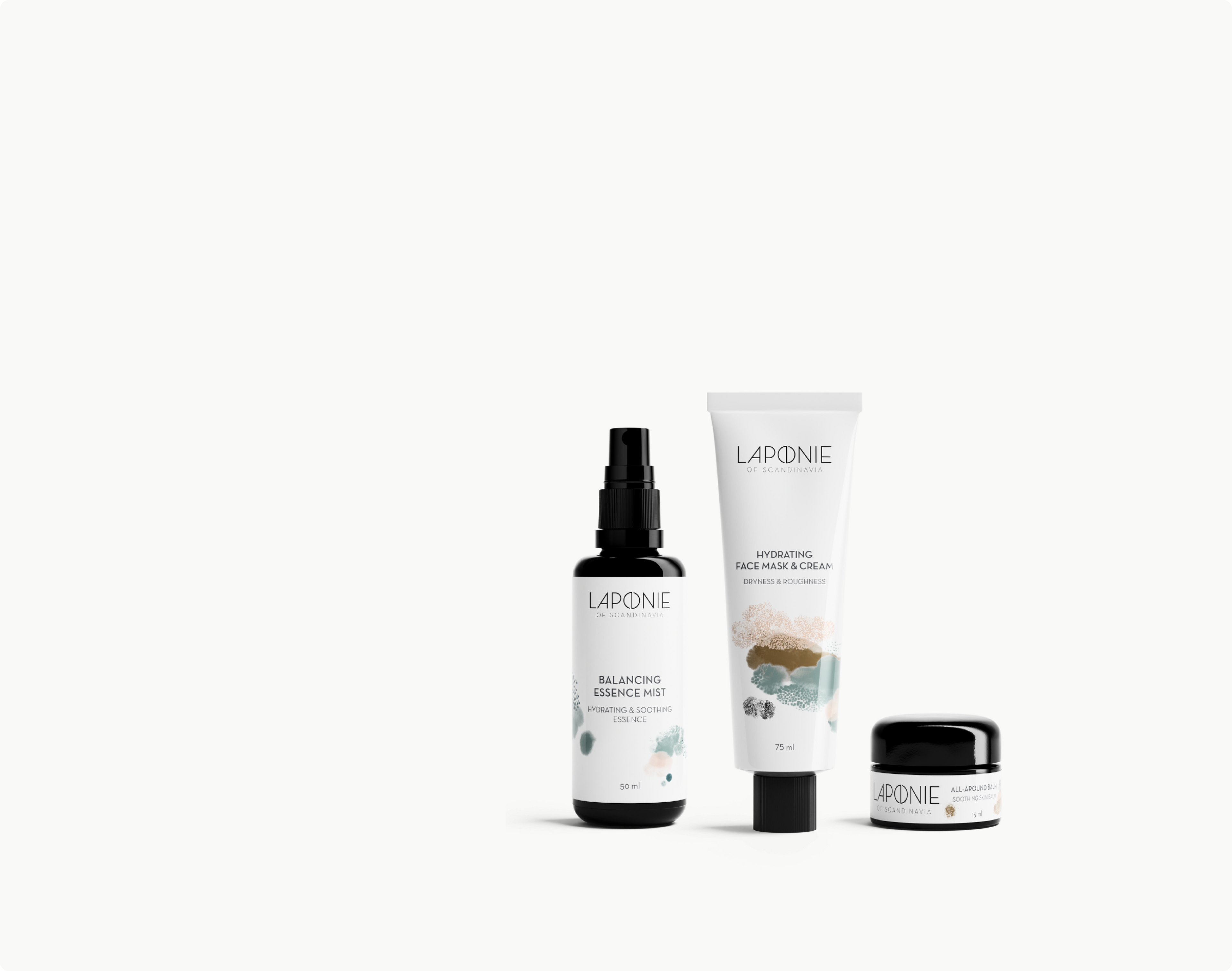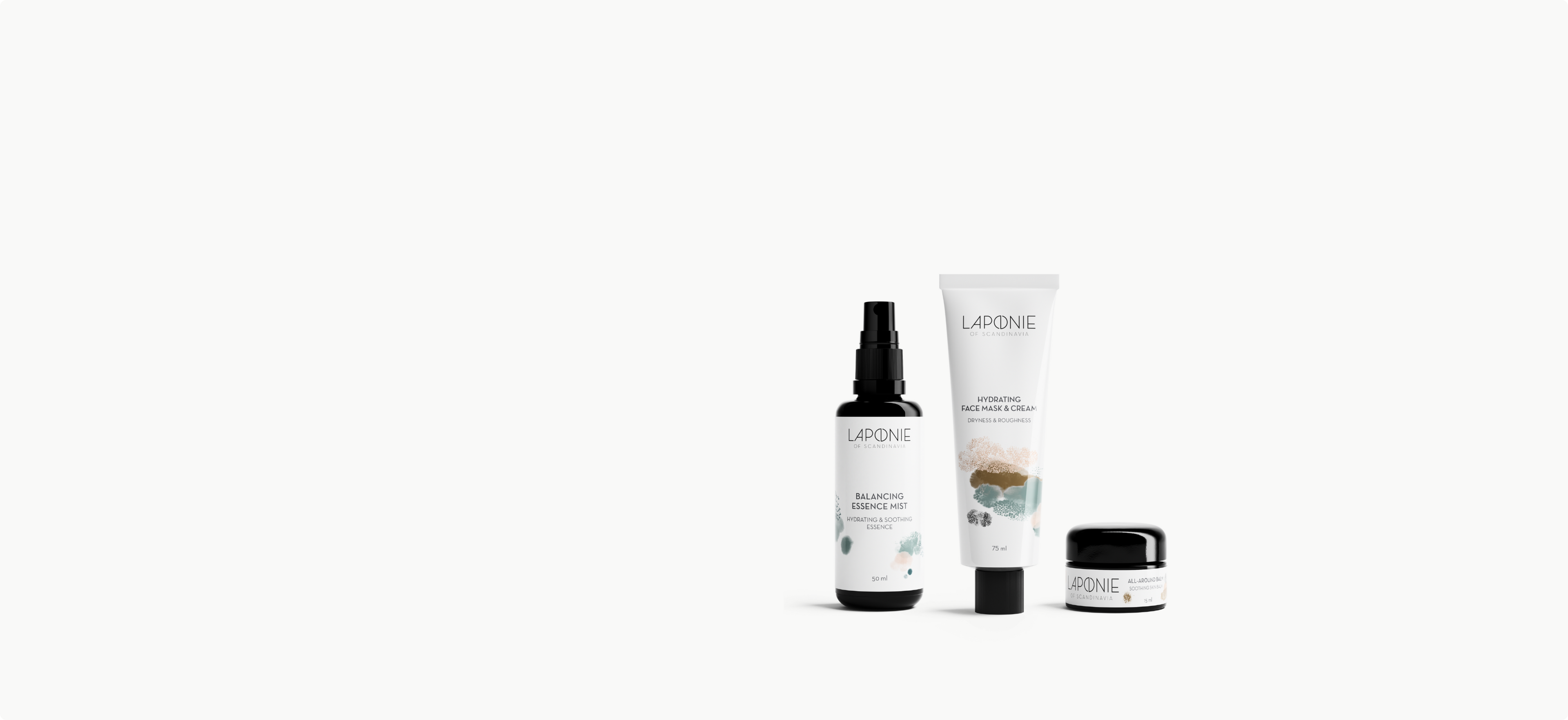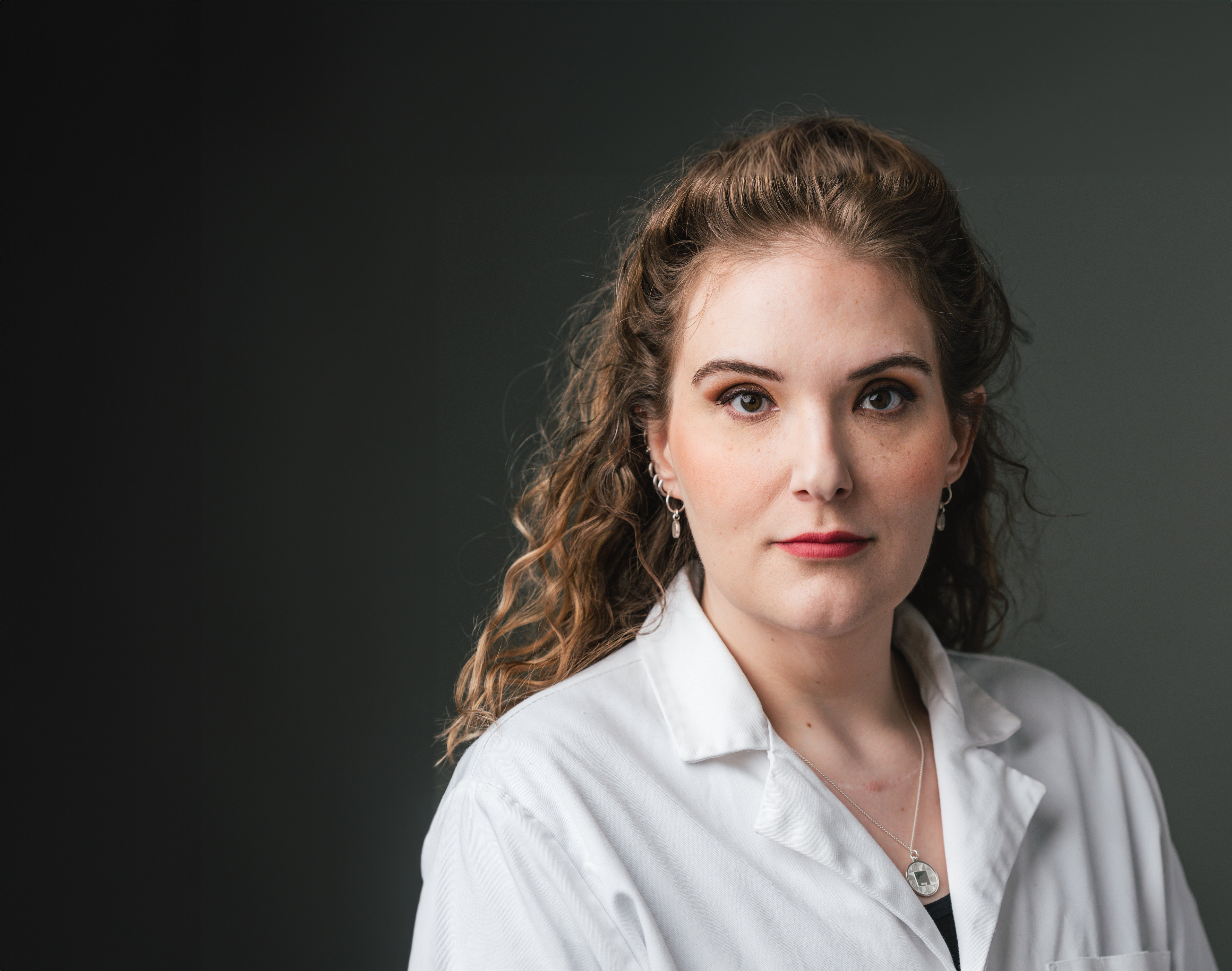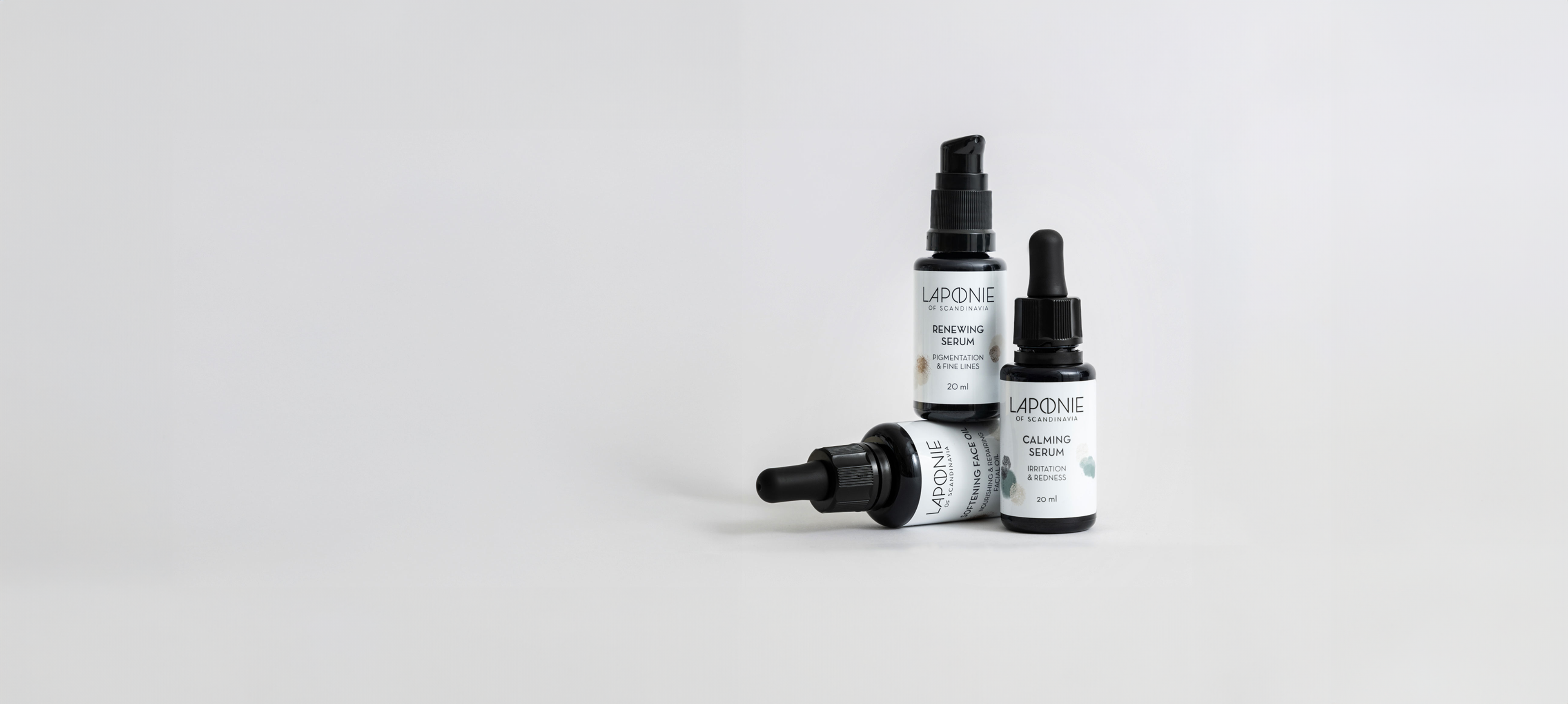
OUTLET Hand Cream Concentrate
-
Free sample with all orders.
-
Delivery: Finland 1-4 business days & rest of EU 2-7 business days.
-
Free delivery: Finland orders over 38€ & rest of EU 58€.
-
Safe payments.
Please note, that this product has a shorter best before date and should be used by end of January 2026.
Laponie's Hand Cream Concentrate is a simple but concentrated, easily absorbed hand cream that's tough on dry and rough sensitive and reactive skin – the gentle and non-sticky way.
Plant-based glycerin and betaine from sugar beets hydrate, canola oil softens and oatmeal locks it all in, leaving your hands with a nourished, non-greasy and non-sticky feel. For those of you who can't handle beeswax, no worries; this baby is totally vegan, like the rest of our stuff.
Wondering about the small-ish size? Well, the Concentrate really is very concentrated, so a little goes a very long way. Plus we wanted to put the Concentrate in a tube that travels well in your purse.
Aqua, Glycerin, Polyglyceryl-4 Laurate and Polyglyceryl-6 Caprylate, Cetyl Hydroxyethylcellulose, Betaine, Xylitol, Sodium Levulinate, Sodium Anisate, Citric Acid
Aqua
Solvent. Water. The main vehicle for our water based products
Glycerin
Humectant and skin protecting. Technically a sugar alcohol, glycerin is one of the oldest, most common and most versatile humectants used in cosmetics. It moisturises and protects the skin, accelerates skin barrier recovery and has antimicrobial properties, among other things. For our Cream we use vegetable, rapeseed-derived glycerin.
Polyglyceryl-4 Laurate and Polyglyceryl-6 Caprylate
Surfactants. Low foaming, non-ionic surfactants, actually solubilisers, made from castor, rapeseed, palm and coconut oils. A surfactant acts as a cleansing agent and emulsifier. The combination we use has excellent and proven makeup removing capabilities, and is mild on the skin and eyes.
Cetyl Hydroxyethylcellulose
Thickening. Basically the Gel in our Cleanser, cetyl hydroxyethylcellulose is a water-dispersible polymer. Made from natural, wood derived cellulose, which has been synthetically modified.
Betaine
Humectant and skin conditioning. Betaine is highly purified sugar beet extract, chemically speaking an amino acid derivative, that maintains skin moisture balance and strengthens the skin barrier even under very dry conditions. It is a so-called osmolyte, controlling water balance in living cells. The one we use is made from Finnish sugar beets.
Xylitol
Humectant and skin conditioning. Xylitol is a sugar alcohol and moisturises and conditions skin, whilst possessing anti-bacterial properties. There is some interesting research that suggests xylitol has the ability to inhibit bacterial biofilm on skin, which in turn may be the cause of many skin issues. The one we use is made in Finland from Finnish oats, and has probiotic properties.
Sodium Levulinate
Skin conditioning and preservative. Sodium levulinate is the sodium salt of levulinic acid, which is an organic acid derived from in this case sugarcane.
Sodium Anisate
Antimicrobial, flavouring agent and preservative. The salt form of star anis derived organic acid. The other half of our preservation system.
Citric Acid
Buffering agent. Citric acid is a commonly used buffering, i.e. pH adjusting, agent in cosmetics. It is made through bacterial fermentation and shifts the pH of the product into the acidic range. This is closer to the natural pH of the skin, which may range from 4 to 7, but is usually thought to be between 5 and 6, with recent studies, however, indicating it to be below 5.
Why it works for sensitive & problem skin
